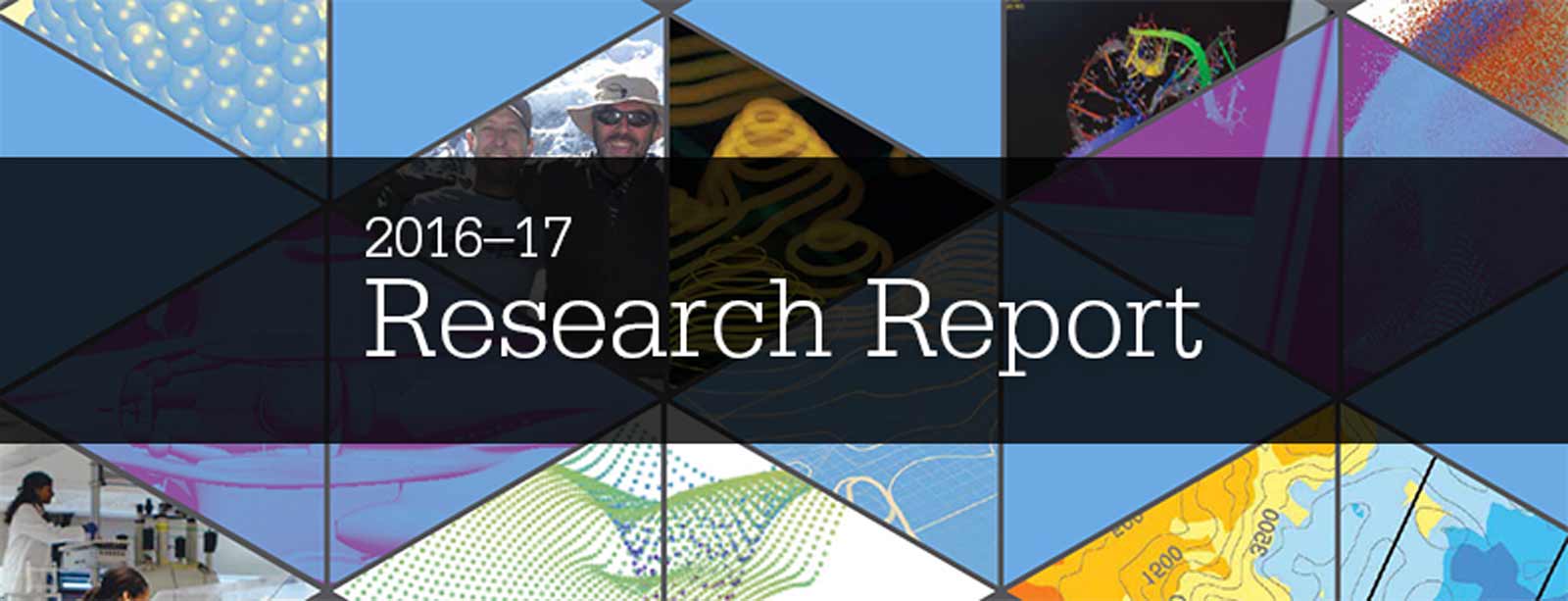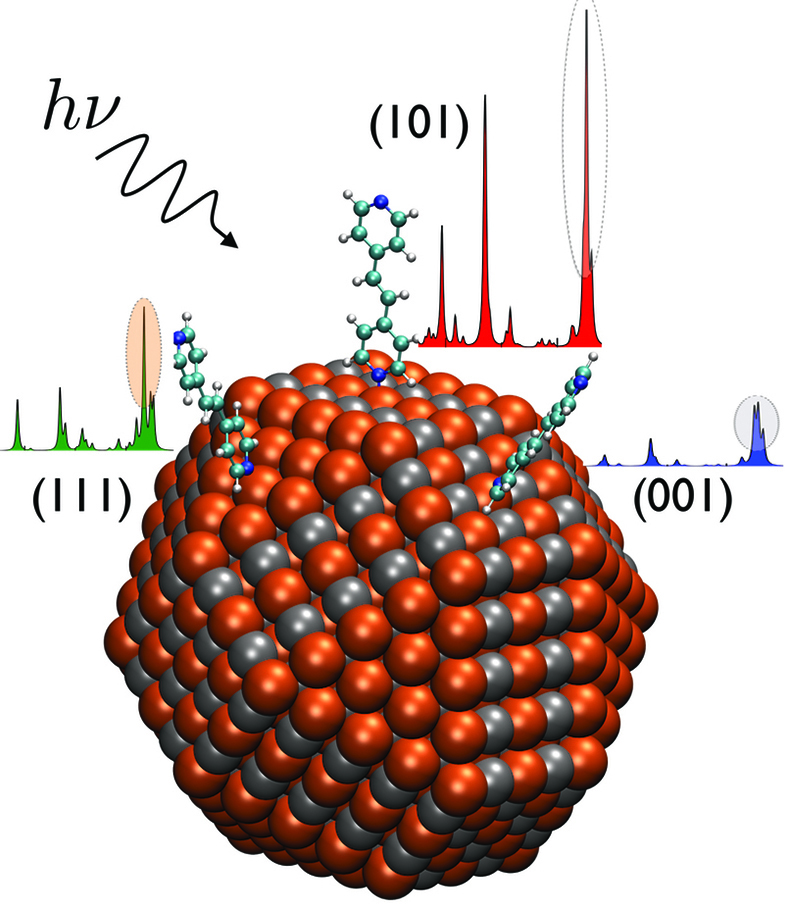From solar cells to electronic tools, new devices are created every day by combining two or more different materials to create a heterogenous interface. Those interfaces play a major role in how those devices function.
But while developers and experimentalists know the properties of individual materials—whether it’s graphene, metal, gold or any number of materials—they don’t know enough about what is happening between those materials at the point of contact.
“You need some spectroscopic way to extract that information,” said Alexey Zayak, Ph.D., assistant professor of physics and astronomy at Bowling Green State University.
A long-time client of the Ohio Supercomputer Center, Zayak uses the Oakley Cluster to establish a computational approach for a quantitative spectroscopic analysis of the vibrational dynamics within heterogenous interfaces.
“You can’t go inside the interface and extract data yet,” Zayak said. “A lot of the knowledge is empirical. Empirical knowledge is varied and slow. It’s hard to expect big discoveries in this case. But if you have a predictive model, you can get a deep understanding of what is happening and design systems to optimize certain parameters of the interaction.”
Zayak’s goal is to develop a new type of spectroscopy to find out exactly what is happening at those interfaces. He is using electronic structure calculations of Raman spectroscopy at interfaces to compare the Raman spectra of isolated systems with the Raman spectra of the same systems after they have been merged together. Raman spectroscopy is capable of observing the interfacial interactions on the scale of a single chemical bond.
“I can then explain where the differences in the spectra of the combined systems come from and what they mean,” he said. “By looking at those differences, I can tell what is happening with the molecule on that surface, which helps people interpret experimental data. Now, the data is available but no one can read it.”
Using Raman spectroscopy and computational “experiments,” Zayak can show how electrons at heterogeneous interfaces are responding to the vibrations of molecules and substrates. That is valuable information for scientists to gain a conceptual understanding of what is happening at the interface.
And what Zayak is doing would be impossible without high performance computing.
“I would quit and do something else,” he said. “OSC is such a great resource. There’s no way to do my work without HPC.”
###
Written by Ross Bishoff
Project Lead: Alexey Zayak, Ph.D., Bowling Green State University
Research Title: Vibrational spectroscopy of heterogenous chemical interfaces
Funding Source: Bowling Green State University
Website: http://physics.bgsu.edu/%7Eazayak/Welcome.html

